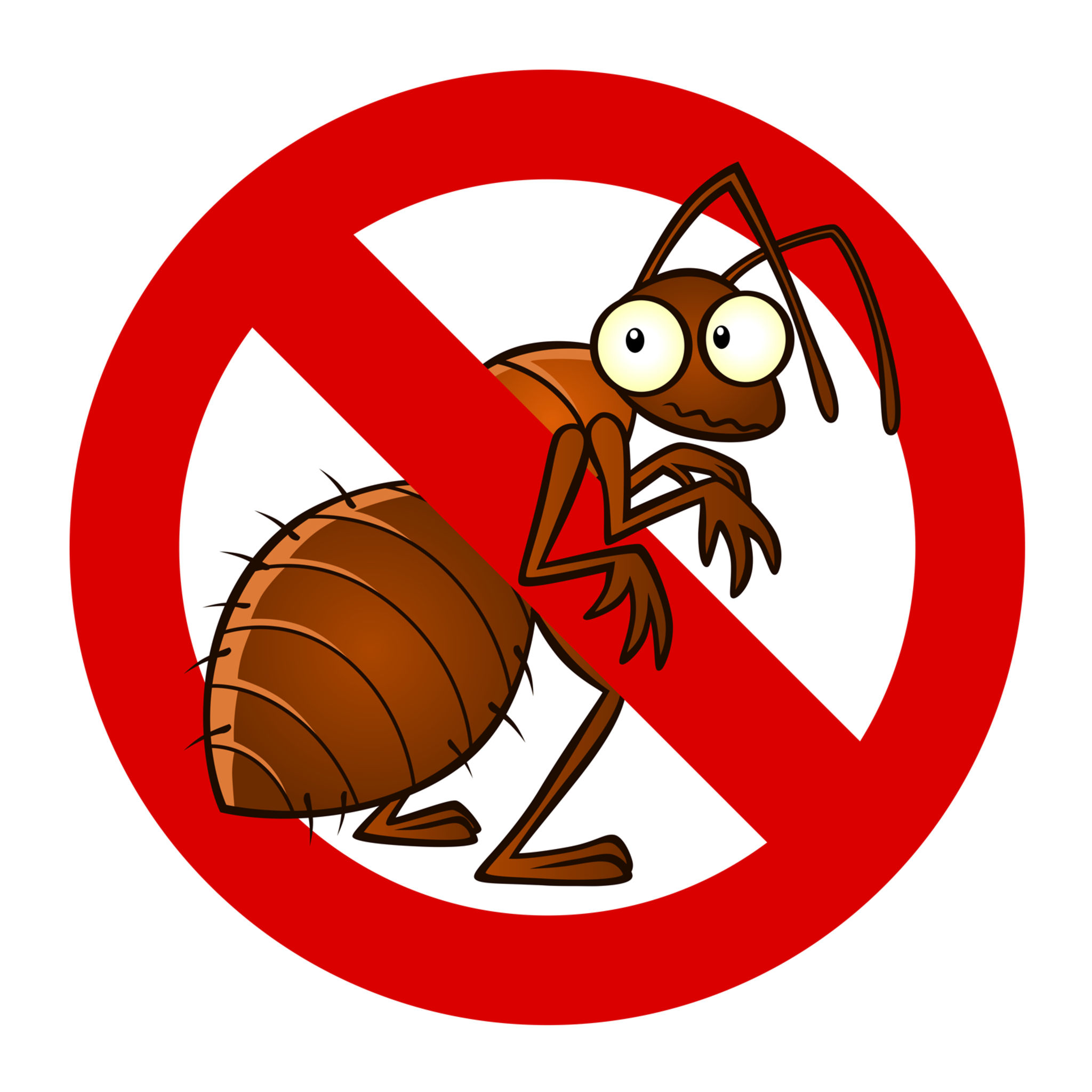A1 Bed Bug Exterminator Charlotte - Specialized Bed Bug Removal
Wiki Article
Bed Pest Treatment Failure: Contrasting Chemical Vs. Non-Chemical Solutions
In the world of insect control, specifically when taking care of the persistent problem of bed pests, the selection between chemical and non-chemical therapy solutions can be an essential one. Both strategies use unique advantages and drawbacks, influencing elements such as efficiency, safety and security considerations, and total expense. By examining the nuanced details of each approach, a clearer understanding of which course to seek in attending to a bed bug invasion can be attained.Effectiveness of Chemical Therapies
Chemical therapies for bed insect infestations have been commonly acknowledged for their rapid and powerful efficiency in eliminating these parasites. When taking into consideration the performance of chemical therapies, it is essential to comprehend that they can provide a detailed and fast remedy to a bed pest issue.In addition, chemical treatments have the advantage of providing residual impacts, meaning that they can continue to eliminate bed pests even after the first application. This recurring activity is specifically beneficial in combating any type of prospective re-infestations. Additionally, the quick activity of chemical treatments can bring relief to individuals dealing with extreme bed insect problems, enabling them to restore control of their living spaces promptly.
Safety And Security Worry About Chemical Solutions
One vital element that requires mindful consideration when making use of chemical options for bed insect therapy is guaranteeing the safety of passengers and the environment. While chemical therapies can be efficient in getting rid of bed pests, they may pose threats if not dealt with appropriately. Among the key security issues with chemical remedies is the possible harm they can create to human health. Direct exposure to specific chemicals made use of in bed pest treatments can lead to respiratory system problems, skin irritability, or various other adverse reactions, specifically in individuals with pre-existing conditions or level of sensitivities. Furthermore, improper application or dosage of chemical pesticides can lead to toxic deposits sticking around in the treated location, presenting long-lasting wellness risks to occupants.Additionally, the ecological influence of chemical solutions is another considerable consideration. Some chemicals utilized in bed pest treatments might be dangerous to helpful pests, wild animals, and ecosystems if they leach right into the soil or water systems. It is vital to use chemical therapies deliberately, following security guidelines, and considering less toxic choices to mitigate these risks and make certain the safe and reliable monitoring of bed pest invasions.
Benefits of Non-Chemical Approaches
Considering the prospective safety problems and environmental influence connected with chemical solutions for bed pest treatment, exploring non-chemical strategies presents a promising alternative with several distinctive advantages. Non-chemical approaches provide a much safer choice for homes, particularly those with family pets, people, or children conscious severe chemicals. These methods get rid of the threats of exposure to harmful compounds, decreasing the potential for damaging health and wellness results. In addition, non-chemical therapies are eco friendly, as they do not add to air or water air pollution, making them a sustainable option for parasite control.In addition, non-chemical services can be effective in targeting bed insects, including hard-to-reach areas where chemical therapies may not pass through - A1 bed bug exterminator charlotte. Approaches such as warmth treatment, vacuuming, heavy steam cleansing, and cushion coverings provide extensive eradication without the use of dangerous chemicals.
Limitations of Non-Chemical Treatments

In addition, non-chemical treatments often require several applications to accomplish effective obliteration. This can be taxing and might not constantly guarantee complete elimination of all bed insects and their more info here eggs, particularly in hard-to-reach or covert areas.
Additionally, the success of non-chemical treatments greatly counts on correct implementation and thoroughness, which can be testing for individuals without expert competence. Poor application of non-chemical techniques may lead to insufficient elimination, resulting in persistent problems and the need for extra therapies.
For that reason, while non-chemical therapies have their benefits, it is vital to acknowledge these limitations and consider them when determining the most efficient technique for managing bed pest infestations.
Price Contrast: Chemical Vs. Non-Chemical Options
Offered the restrictions linked with non-chemical treatments, a vital aspect to assess in the context of bed pest administration is the cost comparison in between chemical and non-chemical alternatives. In comparison, non-chemical treatments like warm therapy or heavy steam can be much more expensive, with costs varying from $1,000 to $6,000 for a whole home. While the first cost of chemical treatments might seem lower, numerous treatments might be called for to completely remove the problem, potentially boosting the general expense.Verdict

Considering the prospective safety issues and ecological influence associated with chemical solutions for bed bug therapy, exploring non-chemical techniques provides an encouraging Our site choice with several distinctive benefits.Offered the restrictions associated with non-chemical therapies, a necessary aspect to review in the context of bed insect management is the price comparison in between chemical and non-chemical alternatives. In contrast, non-chemical treatments like heat therapy or steam can be extra costly, with costs ranging from $1,000 to $6,000 for an entire home. While the preliminary expense of chemical treatments may seem lower, several therapies might be required to completely get rid of the invasion, potentially enhancing the total cost.In conclusion, when contrasting chemical and non-chemical bed pest treatment choices, it is necessary to take into consideration efficiency, security, benefits, restrictions, and cost.
Report this wiki page